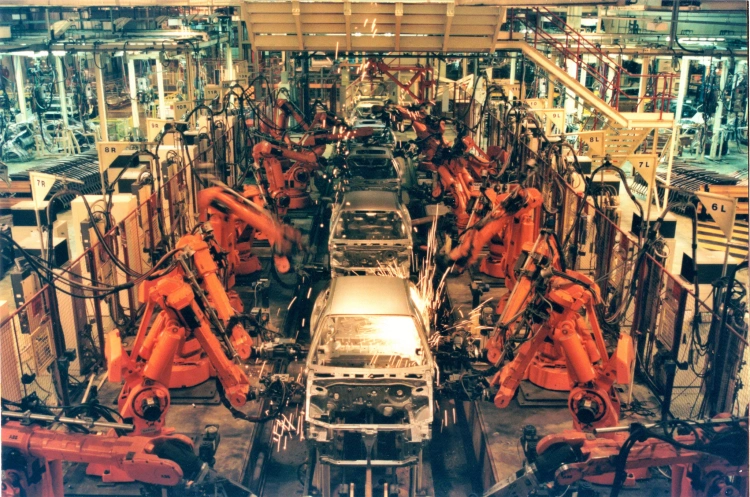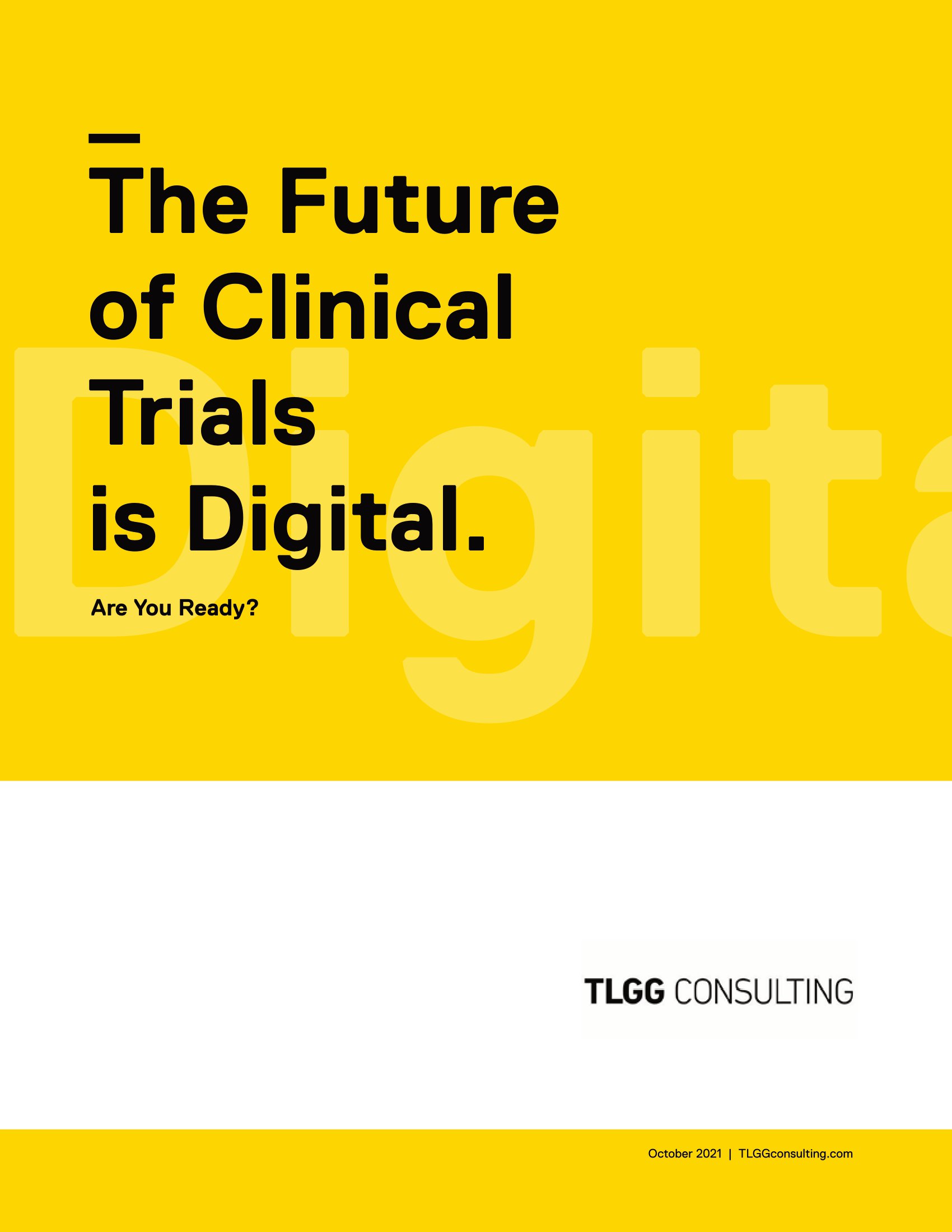Unbridled hype and early flirtations with the metaverse have prompted industry, public thinkers, and everyday web users to speculate about its potential to reshape the internet, business, and our social lives. Perhaps the most complete and influential mapping of what the metaverse will be was authored by strategist, advisor and essayist, Matthew Ball, two years ago. He wrote that the metaverse will be persistent, synchronous, interoperable, connective of the digital and physical worlds, and defined by content from a wide range of contributors.
Predicting the evolution and impact of a change so broad and complex is assuredly difficult, but it can be instructive to examine the potential influence of the metaverse through narrower sectors. The manufacturing sector, for example, could see new opportunities for innovation by leveraging the metaverse’s capabilities. Let’s take a look at how that could happen.
Accelerating the innovation cycle
One of the most straightforward ways the metaverse is likely to change manufacturing is by significantly accelerating the process of prototyping. Unlike real world prototypes that may require significant customization of manufacturing, prototypes in the metaverse could be built quickly by taking advantage of the rendering capability of virtual engines like Unity and functionality from rich simulations built off the logic of tools such as digital twins. This change in prototyping could lead to innovations in process and could result in new types of products, ultimately leading to more options for customers and shorter timelines from conception to creation.
For example, an automaker could use digital twins of its real-world assembly along with digital prototyping to explore ways to optimize the manufacturing process while tweaking the designs of its cars. Or it could use digital prototyping to customize processes so that a wider menu of product variations can be produced. Automakers are already moving in this direction. To optimize manufacturing processes and operations, Hyundai and BMW have created virtual twins of production plants.
Digital twins could also be used to better understand the customizations that would be required to modify a vehicle for different use cases, for example an automaker could learn from digital twins in the construction industry to develop and produce improved vehicles for that industry.
A fertile ground for product testing
In addition to enabling rapid prototyping, the metaverse should prove a robust environment for testing consumer preferences. By enabling customers to interact with digital prototypes, companies can gain valuable insights into what customers want, influencing product development and increasing opportunities for collaboration and customization. The result could be that brands offer more diverse lines of products.
High fidelity virtual test products in the metaverse can unlock rich customer insight and allow brands to scale user testing along various models. The decentralized nature of the metaverse could enable democratic and diverse market research. Conversely, brands could take the opposite approach and reward high-value customers with exclusive opportunities to give input into product design. Brands could even monetize the innovation process by selling memberships that offer advanced access prototypes and opportunities to influence development.
In the home, consider a new smart fridge maker that wants to gain insight about the interface of its forthcoming product. By restricting permissions to a select group of testers, the brand could roll out new products virtually to users identified as likely early adopters. Down the line, such exercises could include testing appliances delivering 3-D printed food and additional robotic functionality in the kitchen.
Decentralized, democratized, and transparent production
The metaverse could also lead to democratization, decentralization, and increased transparency within the manufacturing sector across industries. Digital-only or digital-first products will require their own manufacturing teams and processes. These teams can be decentralized and global, comprised of extremely diverse types of collaborators and even paired with after-market innovators, who will also be empowered by the metaverse to play an increasing role in product modification.
Both product development workers and consumers should experience increased project visibility from the metaverse. With a more complete view of the project cycle, customers could track the production of their products from the sourcing of raw materials to delivery. Such transparency could lead to increased demand for ethical business practices throughout the product cycle.
Connecting the digital and physical worlds
Finally, the metaverse will connect the digital and physical worlds in ways that will prompt new fields of innovation, business models, and demands for manufacturing. For example, in the world of fashion, trends could emerge digitally — on avatars — and then translate into the real-world, requiring physical production. Brands looking to capitalize on such a trend would need reactive and nimble manufacturing teams and processes to take advantage of such opportunities. In an example of merging the digital and physical, Nike recently acquired RTFKT, which makes way for digital and real-world connections. For example, purchasers of sneaker NFTs could get exclusive access to matching physical pairs.
Looking forward
Accelerated innovation cycles, new and immersive product testing, decentralization of production, and interconnected digital and physical worlds are likely to define large shifts in manufacturing as the metaverse continues to take shape. It is extremely difficult to predict the specific trends that will take hold, precisely because consumers are likely to play a significant role in the design, development, and modification of products. If executed to its potential, the metaverse will democratize not only production but product offerings themselves, giving consumers the products and features they ask want.
However, we must remember that the metaverse is resource intensive. While there is much to be gained in the metaverse, its potential environmental impact is significant and alarming — another very profound way in which the digital and physical worlds are inextricable. Those looking to invest in the metaverse and harness its immense promise must not do so at the expense of solving the climate crisis and other physical-world challenges. In manufacturing or any other sector, the rise of the metaverse must ultimately fit within a framework of sustainability.
Katrin Zimmermann is Managing Director at TLGG, which advises global companies in the auto, retail and healthcare spaces on digital strategy, business model innovation, and organizational transformation.






